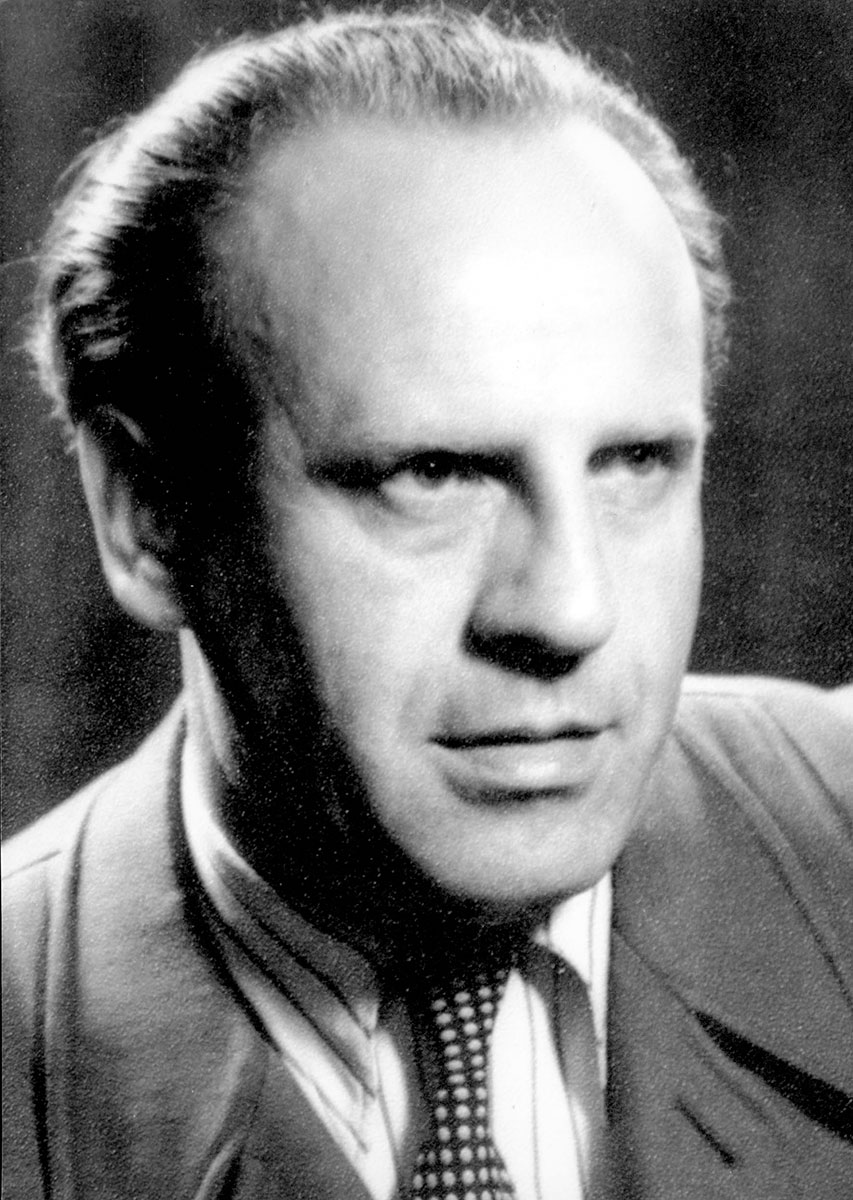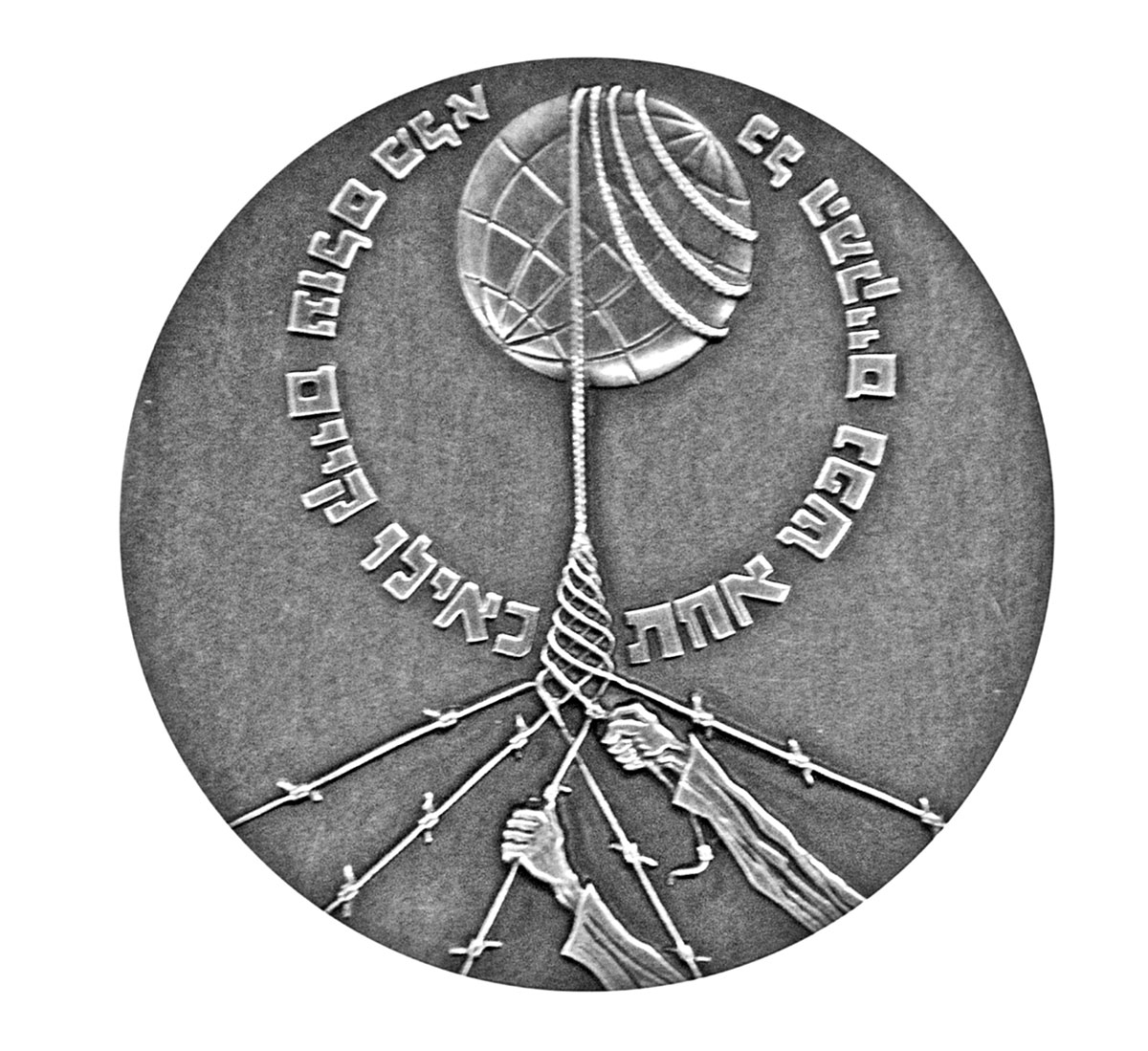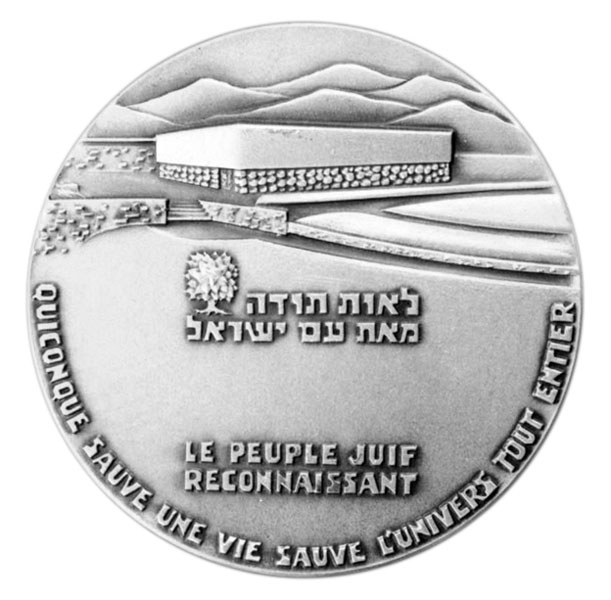Introduction
Upon its release, Schindler's List proved to be extremely successful. A recipient of seven Academy Awards, the movie exposed millions from around the world to the Holocaust. Steven Spielberg, who both directed and produced the film, conveyed certain messages by filming the movie in black and white, with only a few scenes in color; for example, the scene of the liquidation of the Krakow Ghetto. Oskar Schindler watches the aktion from atop a mountain near the ghetto. Schindler's eyes are drawn to a little girl who is wearing a red jacket. By giving this otherwise anonymous girl an identity, there is a very intentional reference to the human side of the story, and to the individual, the victim.
These lesson plans and activities, geared towards high school students, have been developed in connection with Steven Spielberg’s epic film, Schindler's List. This film presents a challenging tool for classroom use. Although Schindler's List may be used to discuss various aspects of the Holocaust with students, a very careful methodological approach should be employed in an effort not to confuse Hollywood with reality. These interdisciplinary classroom activities have been designed to address various needs of teachers.
Ghetto Life
The scenes of the movie focus primarily on the Cracow Ghetto. However, the Warsaw Ghetto was the largest ghetto in Poland. Our lesson plan, "Mutual Assistance Within the Ghetto Walls", will help students understand the dire situation of Jews living in ghettos, and discuss some of the dilemmas that various Jewish communal leaders faced at that time. Through this, they will gain additional insight about how man's inhumanity towards man can be combatted by man's humanity towards his fellow man.
Children in the Holocaust
There are many scenes in the movie that depict the suffering and the heroism of children during the Holocaust. For example, the young girl in the red coat, Danka, and her mother; the young boy, Olek, who searches for a hiding place and is not allowed in by other children; the child who tries to help by suggesting that the dead man is the one who stole a chicken. The Nazis considered all Jews, including Jewish children, as their enemies. The Nazis murdered one-and-a-half million Jewish children. How did Jewish children grow up under Nazi rule? Our lesson plan, "Children in the Holocaust", addresses this topic.
Bystanders and Rescuers
Schindler's List exposes us to the concept of the role of those people who were neither victims nor perpetrators but rather bystanders. Our lesson plan about the Iasi pogrom encourages students to learn more about various forms of assistance, as well as the motivations of non-Jewish rescuers in their efforts to help Jews during the Holocaust.

The bicycle of Marie-Rose Gineste, a social worker who was active in the underground in the Montauban area of France
Oskar Schindler
We can examine the motivations of Oskar Schindler to help Jews survive and identify the process of change that Schindler underwent from being a Nazi businessman to a rescuer of Jews during the Holocaust.
The Little Girl in the Red Coat
We often refer to the Holocaust in collective terminology, i.e. the destruction of European Jewry, or the Six Million. As a result, we sometimes forget that, first and foremost, these are individual, human stories. There are many stories, yet each and every victim is a world of his or her own. Our interactive learning environment about Pages of Testimony features many lesson plans and activities to introduce students to the way in which Yad Vashem commemorates each and every victim.
The Righteous Among the Nations
Schindler's List is based on the story of one individual’s transition from perpetrator/ bystander to that of an altruistic savior. Who were the other Righteous Among the Nations? What was this legacy of goodness, and why did they risk their lives during this period? In the activity below, we focus on the criteria for awarding Righteous Among the Nations and their individual stories.
“He who saves one life, it is as though he has saved the entire world.”
– The Talmud
In 1963, Yad Vashem embarked upon a worldwide project to grant the title of Righteous Among the Nations to non-Jews who risked their lives to save Jews during the Holocaust. This title is awarded to those who did acts of kindness without asking in advance for money or knowing that they would benefit from the act of their actions. This project is the only one of its kind in the world that honors, using set criteria, the actions of those individuals who rescued Jews during the Holocaust.
A major section of Yad Vashem's website is devoted to the Righteous Among the Nations, where you can read featured stories, browse by country, and much more.
Note to the Teacher:
There are many stories on the Yad Vashem website of different Righteous Among the Nations. As an activity, divide the stories among the students. Have them read these stories and present them to the class.
Discussion Questions:
- Who was the savior and who was saved?
- Why did this person feel obligated to save Jews?
- What were the risks involved in saving the lives of Jews in this particular story?









